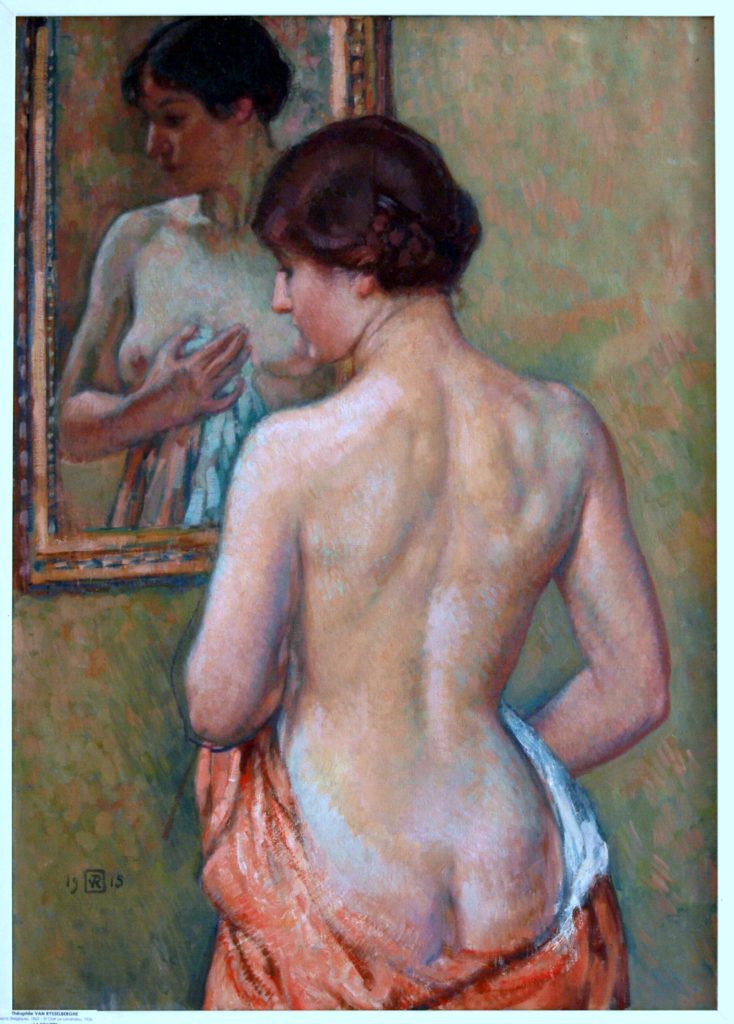Théophile Van Rysselberghe was born in Ghent on November 23, 1862. A major figure of the Neo-Impressionist movement, he is known as one of the main representatives of pointillism in Belgium and played an essential role in the European art scene at the turn of the last century as a talent scout. This Flemish painter was a portrait and landscape painter but also an illustrator, engraver, sculptor and designed jewelry, furniture and posters.
Barely 18 years old, he already participated in the Ghent Salon. This first exhibition earned him a travel grant from the municipal administration, which allowed him to visit Spain and Morocco with C. Meunier. He quickly developed his own realistic style, close to impressionism. In 1881, he exhibited for the first time at the Brussels Salon. He worked under the direction of Jean-François Portaels who launched the orientalist trend in Belgium with his paintings of North Africa.
In 1888, Van Rysselberghe abandoned realism, joined the camp of the neo-impressionists, tested the technique and became a follower of Divisionism. Until the end of the century, alongside Paul Signac, Maximilien Luce, Henri-Edmond Cross and Charles Angrand, he will practice this technique. He was one of the first Neo-Impressionists to subject portraiture to the laws of Divisionism. His characters, however, will have neither the rigidity nor the coldness of those of Seurat and will be all the more alive.
In 1883, he befriended the writer and poet Emile Verhaeren, who was later represented many times by Van Rysselberghe and who stayed in Bormes les Mimosas. The painter made two stays in the south between 1894 and 1896 to meet up with his two friends Paul Signac, in St Tropez, and Henri Edmond Cross, then living in Saint-Clair, a district of Le Lavandou.

Artist : Théo Van Rysselberghe (1862 – 1926)
Date of creation : 1915
Material and technique : Oil on canvas
Dimensions : H. 92 cm, W. 65 cm
Inventory number : 1926.21.1

